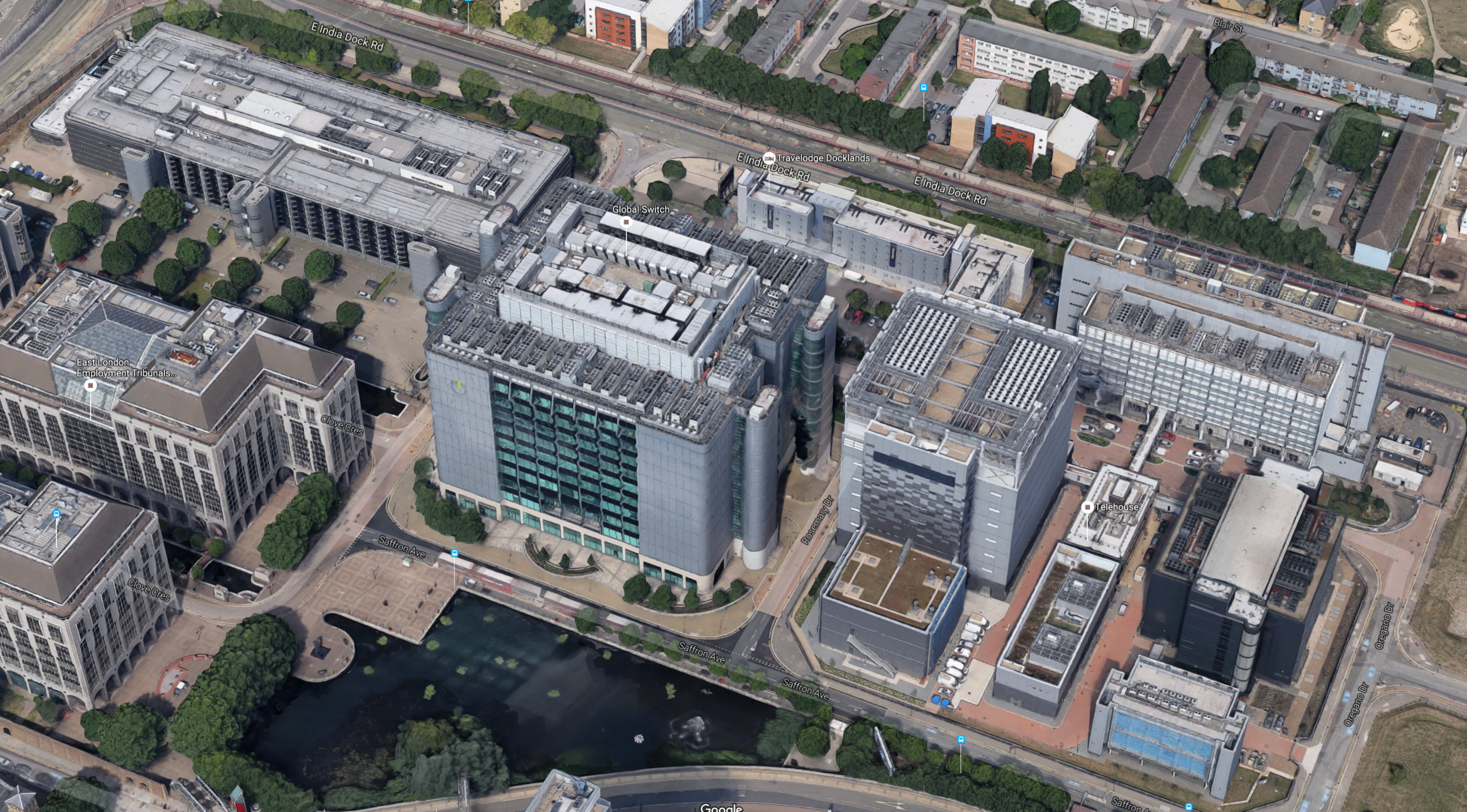This is something we are asked a lot so we thought we'd share our take on 'The Cloud' with you.
Undeniably the term has become one of the most used misused marketing buzzwords of recent times and, in our minds, is associated with the latest technology and techno-magic, will solve all your business IT needs and be the way of the future. But what is 'The Cloud' in reality?
The answer to this we can sum up in three words, that we'll then explain further. So, drum-roll please... as we enlighten you (and possibly shatter some illusions) with the revelation that 'The Cloud' basically means 'someone else's infrastructure'.
There can be nuance around this, but the essence of it is captured thus. Once you understand this fact, you can probe more deeply into it and better decide what is right for your business.
Don't get us wrong, here at Onega we are big fans of 'The Cloud' and we help provide many cloud services to clients. These range from hosted telephony solutions to backup, hosted servers and security solutions such as Mimecast. In each case the core benefits are typically those of economies of scale with shared infrastructure. What you would have had to have been a large enterprise to enjoy, in terms of features, functionality and reliability not many years ago; you can now access for mere pounds per month per person. We are big proponents of some cloud services and both economics and capability are major reasons why we suggest this approach.
It was not always this way though. One of the main differences that cloud services offer is that software can be deployed more continuously on the front end and the back end because they are based on subscription and hosted services models. Partly this is enabled by the better connectivity we (generally) enjoy now - you used to have to write software, test it, produce it in a factory and then distribute it in boxes on tape, on floppy disks or latterly with CDs and DVDs. This had cost and took time. Back in the day there were no such things as security updates and Service Packs. You bought MS-DOS, or Windows 3 through 95 or OS/2 etc and that was pretty much what you used. Things get quicker nowadays in production and feedback cycles. The latest release of Office 2016 for example is being updated with new features continually deployed every few months. I note that on the latest release Outlook can help manage your travel bookings and deliveries - small innovations that over time make big differences. Back to the point; some of the first and early Cloud Services really were quite rubbish but they did evolve quickly to the point where today, they make great sense.
One thing to remember is that not all cloud services are the same. There is no magical 'hosting heaven' where all cloud services are hosted. There are big differences. Some of the differences are in the infrastructure that makes up a solution and others are around how it is managed. For example Onega's office, near the Docklands, is very close to quite a number of the best connected Data Centres in the country. Even here though there is sharp contrast between one 'Docklands Data Centre' and another. For example pics here:
Here can be seen some of the UK's prime data centres clustered together. Telehouse x2 and Global Switch 1 & 2 sites. All with good security, high fences, generators, high powered redundant aircon etc.
This is also a hosting centre, just behind the BP garage off the A13 in East London. You can see the accessible air cooling vents on the street side. The security shutters for this re-purposed light industrial building can (allegedly) be breached in about 5 minutes if you know what you're doing. Still a step up from some of the 'chicken shed' data centres you hear about.
So - quite a difference between data centres. Multiple diverse Internet connections, redundant building-wide UPSs, mains supplies from different substations, multiple generators with fuel supplies good for days or weeks mark out the best of the data centres. In how they manage their operations, there can also be quite a gulf.
Beyond data centres, cloud services will run on different server hardware platforms and networks within the data centres, with different levels of security, resilience and engineered capacity. How resilient a network is to a DDOS attack for example depends on the network everything sits on and mechanisms in place to protect the servers.
A very well run Cloud service (like Microsoft Azure & Office 365, and Amazon AWS services for example will allow for redundancy within and across data centres and even across geographies. Thus if one server or whole data centre fails (rarely but they can and do), then services will still be available to be provided from the mirrored data centre.
How does all this make a difference in the real world? The answer to this good question is one we've had first hand experience of. Engineering is about all factors. Cumulatively: service of quality delivery in hardware; software; hosting resilience; engineering and operational processes mean that the end user's experience of a good service will be qualitatively and quantitatively better than that of a poorer service. Everyone will claim to have great services, but over time you learn the differences between them.
Some tell-tale things to look for are Service Level Agreements, which show contractual information as to what is guaranteed and delivered. These are akin to the warranty that is bundled (or offered) with a laptop computer. A good business machine will often come with a three year on-site warranty with the option to upgrade to a 4 hour response time; sometimes for less than £50 which implies the chances are that you'll be unlikely to need it. The detail of this an SLA will say if compensation is paid for downtime and what the target availability is etc. It is important to read the small print as well, as many SLA documents are not worth the electrons they are transmitted with.
At Onega we have to evaluate many web services / cloud services and there can be a lot of difference in the detail here. Many Cloud SLAs (even from very well-respected providers) will make it clear that the SLA covers their ability to provide a service, but excludes any responsibility for your data. CSPs (Cloud Service Providers) will always take measures to ensure that your data is protected (for example with replication to multiple data centres), but they don't take ultimate responsibility for data which is why you also typically need Cloud Backup alongside your new cloud services.
Another thing to look for on quality of delivery is service status reporting. Good organisations tend to be open about issues and when they will be resolved (everyone will have issues from time to time). Poor organisations can sometimes claim that there are no issues when it's pretty obvious that they do. Purely anecdotally, we've also learned to be skeptical of any organisation who claim good scores with 'TrustPilot'.
If you're pondering 'The Cloud' and how you can use this in your company, then please don't hesitate to get in touch. We're happy to discuss what's best for you and help take things forward. Also remember that 'The Cloud' is not the answer to everything. There are some circumstances (quite a number) where it is not (or not yet) the right solution. Onega have a lot of experience of cloud and physical worlds and we'd be very happy to discuss with you.



